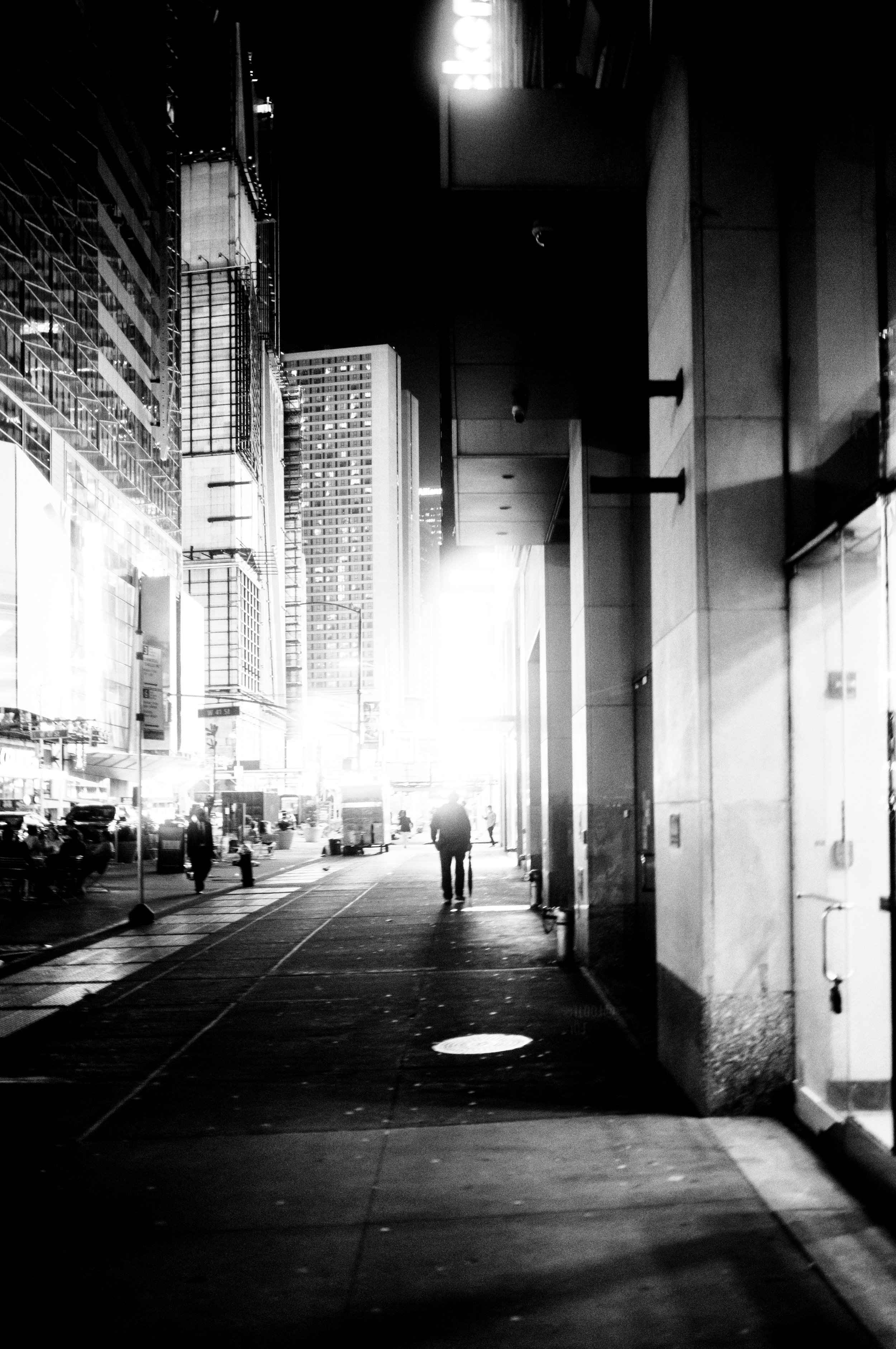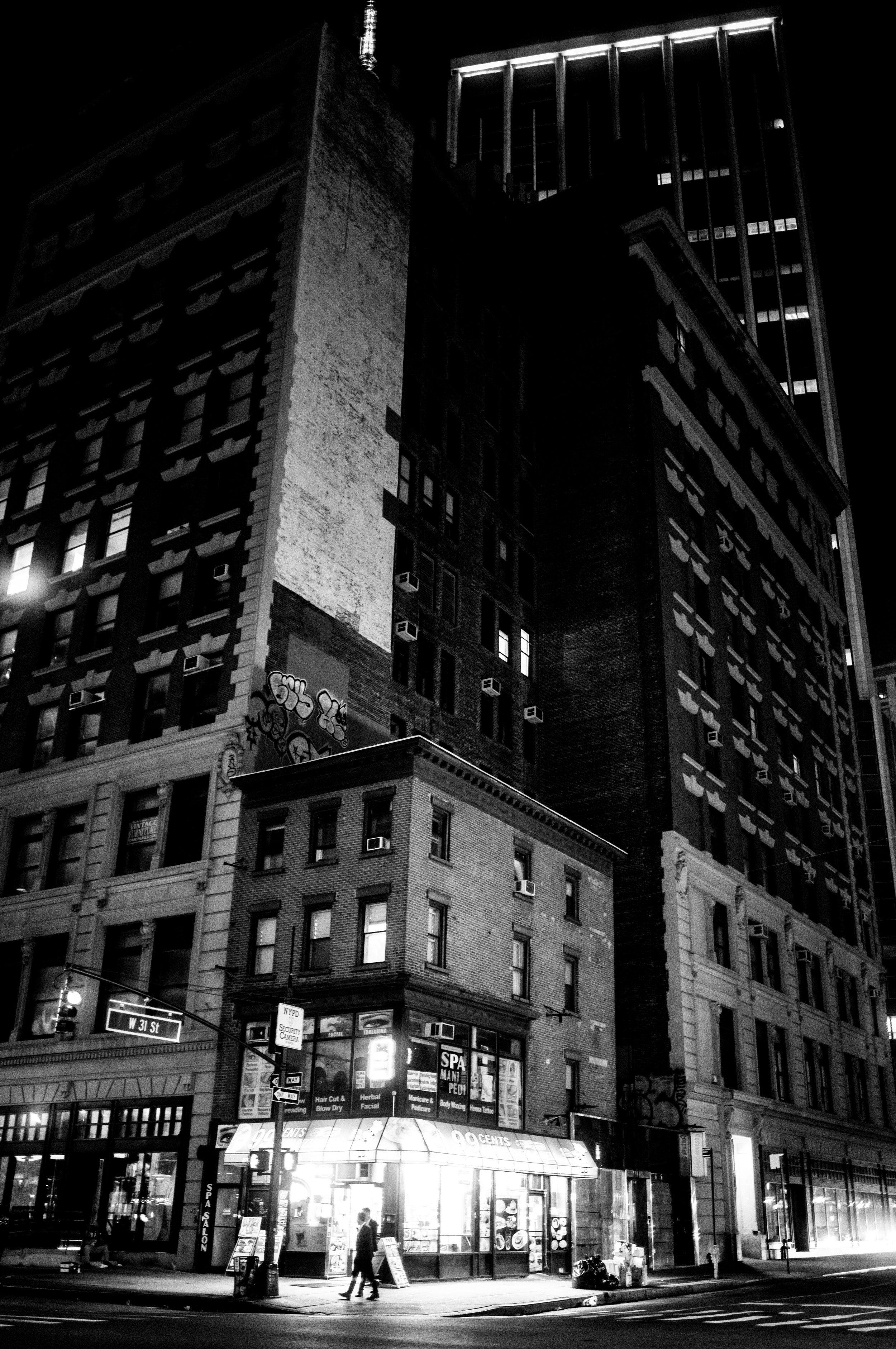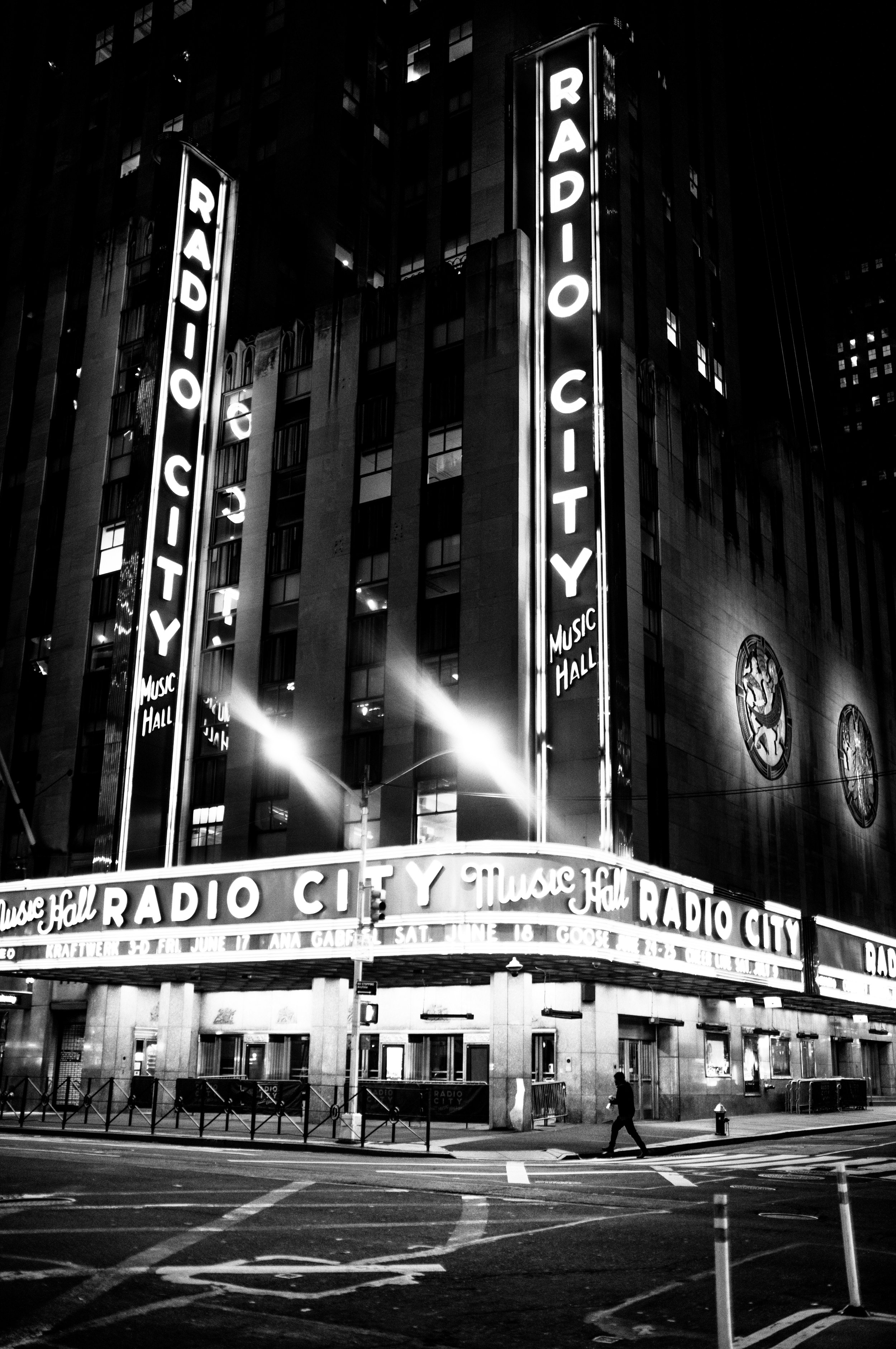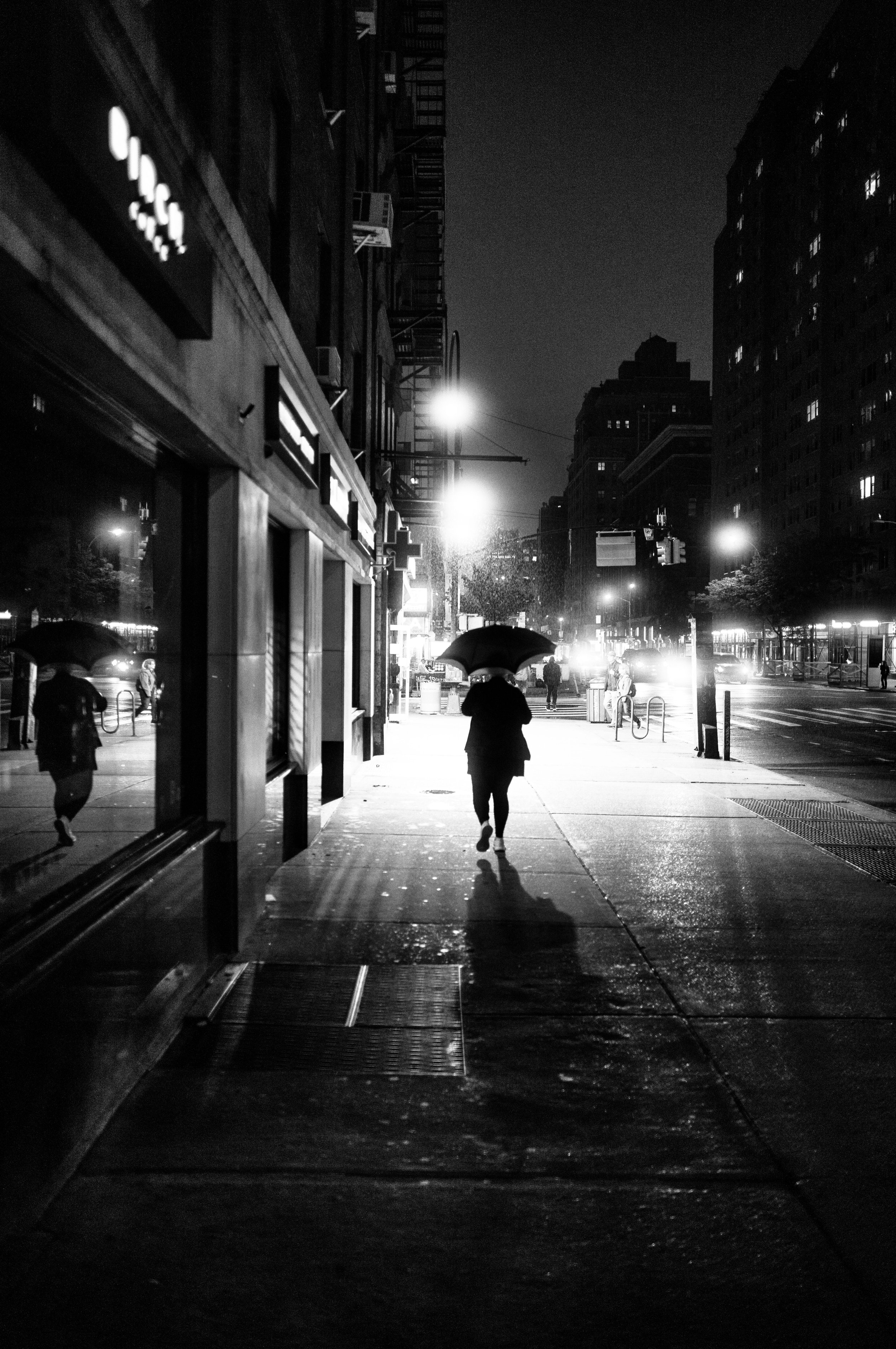Ultimately, light in photography is effectively measured in stops. The photographer must understand how these stops of light work in all aspects of their photography. It does not matter which camera you use; understanding the why of stops of light will make your images better.
I recommend conducting a search with "photographer's exposure triangle" in your favorite search engine as a good starting point.
As a new photographer learning on your own, one should have an understanding of aperture, shutter speed, and ISO. Once you understand these things, learn how your specific camera deals with each. Perhaps your camera sets your aperture and Sutter speed for you. Perhaps your camera sets the ISO for you. Maybe your camera is like mine and you set each of these characteristics every time you shoot in manual mode. Either way, your mastery of exposure as it pertains to your particular camera will be paramount to your success. I think Ansel Adam’s book “The camera” (Amazon link) is a great introduction to understanding exposure
Step 2 - Master composition
Composition is a subjective aspect of photography. However, as with any art form, you can learn from previous work. I use photo books as my means of learning from masters. When I open the photo book, I look at how the photographs are composed, why the photographer put themselves in that position, what story was the photographer intending to tell with that specific composition. Then, I think if I can re-create (not copy) that composition in my own style. I would argue that you should do the same.
Once you figure out what your niche in photography is going to be (even if you're not considering one), try and look at what others are doing in that style. Pay attention to how they place their subjects in the frame. What do they include in the frame and why? I am not saying that you should outright copy anyone. This, of course, is wrong. However, all great artists in any form are standing on the shoulders of giants. People who produce music don't have a natural talent for it; they listen and listen and listen to everyone they respect and come up with their own style.













